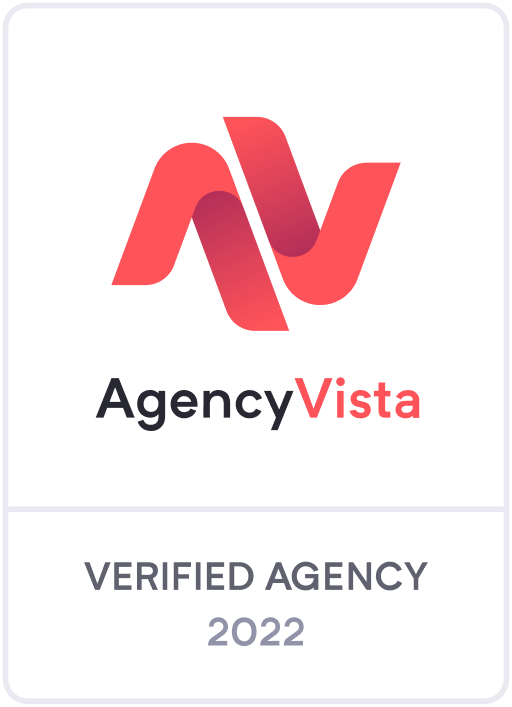While we’re still waiting for Back-to-the-Future style hoverboards and the Jetsons’-inspired jetpacks to come to life, there are other wondrous digital tech advancements that have made our lives easier.
If you simply look at the last decade, both subtle and major changes in how companies approach digital marketing, various trends surfaced and washed away with few sticking around for longer e.g. automation.
The year 2020 was one of the most disruptive years in the world of digital marketing. With the pandemic still going on, different business aspects are being affected and will likely change for the coming years – even lead generation.
With many companies working from home and adjusting to remote work, people were logging in more hours spent online. However, on the other hand, people also become more selective in the type of content they consume and filtering out ads as background noise.
This meant that marketers and sales teams had to figure out how to best target prospective clients/customers and then nurture them into qualified leads that rake in money for the company.
Gone are the days where B2B companies would generate leads by cold calling a thousand people that presented a slight overlap with their buyer personas.
Today, lead generation has become a calculated game of hyper-targeted strategies that try to engage people with personalized offers. This and other lead generation trends are changing how this business function works in the future.
Today, we’ll be taking a look at how this core function for B2B brands will change in the future. Our focus will be on lead generation trends that will be important in the coming years.
Lead Generation Trends for 2021
1. Hyper-Personalized & Account-Based Marketing
Traditionally, lead generation involved marketers casting wide nets. Campaigns, for the most part, were generalized for the target market. While these blanket marketing efforts may get prospectives’ attention, they often ended up with passive leads being passed on to the sales department.
A SmarterHQ study showed that more consumers respond to and engage with personalized messages. Not just that, another report further suggested that not only are consumers looking for personalization, they are willing to exchange behavioral data for it.
This need for personalization aligns with the growing trend for account-based marketing (ABM). This is when sales and marketing teams collaborate to define a shared set of lead generating goals and create marketing messages targeting high-value clients.
Instead of a broad spectrum of prospective leads, ABM considers each lead as a market of its own and curates messages that speak to their interests and expectations. As this allows marketers to qualify leads at their end first, sales teams will know which leads to dedicate resources to achieve ROI targets.
2. Marketing and Sales Integration
While both are specific business operations on their own, the frequency of collaboration between the two departments demands alignment. Going off of the last point concerning ABM, aligning sales and marketing functions is critical for smooth lead generation and nurturing.
A mismatch between the two teams in regards to lead generation ends up with the marketing team generating a high volume of mix-bag leads, which the sales team has to filter in order to close deals.
One of the most effective ways to achieve an effective level of marketing/sales integration is by acquiring a customer relationship management system or CMS. Further automation will set up a workflow that allows both teams to keep up with lead status, jumping in when needed to nurture or close the deal.
3. On-Page Lead Qualification
As we’ve mentioned before, generalized lead generalization messages tend to incur a large volume of prospective clients, which end up going nowhere. Only a few of them are qualified further for nurturing purposes.
On-page lead qualification refers to when prospective customers are vetted at the source after signing up. Instead of manually qualifying each lead can dampen the overall efficiency of the process.
This solution involves asking leads to provide follow-up data after they’ve signed up and shown interest in the product or offer. Marketers can create multi-stem customer journeys, which allow the CRM to use conditional logic to qualify leads based on the information provided.
4. Multimedia-Driven Thought Leadership
Thought leadership has come far from being a buzzword to an effective strategy that brands now use to build their authority. Whether it’s through detailed posts on LinkedIn or a regular podcast where experts impart their insights, thought leadership is effective for improving a brand’s perception and capabilities.
When potential leads can access thought leadership content that convinces them of your brand’s potential to deliver meaningful results, they are automatically more inclined to approach the brand.
Simply producing thought leadership content is not enough. Brands must seek to diversify their efforts to mitigate the limitations of different types of content. For instance, statistics show that 55% of Americans have consumed content via a podcast at least once in their lifetime. If you’re just producing posts on your website or guest blogging, you might be missing out on the growing impact of podcasts.
5. Improve Page Experience
Your website’s overall user experience impacts on-page led generation as well as its ranking. With Google search bringing in a majority of the website’s traffic, it’s important that they are actually able to find it.
We are all familiar with the fact that Google’s search engine is run by several algorithms that index websites based on various performance aspects e.g. mobile-friendliness, HTTP, content quality, keyword use, pop-ups, functionality, etc.
One of the ways brands can elevate their Google Search Engine Ranking is by improving page experience. Besides the content and keyword-use, Google will now consider loading times, interactivity of the website’s elements, and visual stability of the website.
With Google’s algorithms in your website’s favor, more leads will be able to find it.
6. Customer Lifetime Value
Most B2B companies still rely on the conventional marketing and sales funnel to generate leads. This funnel, which prioritizes lead attraction and ends once they are on-boarded, is linear, unlike customer journeys.
This disconnect is counterproductive to keeping leads involved in the customer cycle. You need to be aware that lead generation is not linear and that customers are not exempt from going back or skipping a level.
It’s not always awareness ® interest ® desire ® action.
With the pandemic further impacting businesses, there is more unpredictability in how customers and potential leads will behave. B2B brands need to be prepared to bring customers back to the awareness stage even after they’ve established loyalty through a previous purchase.
Add in some quality after-purchase customer service and proactive email marketing campaigns to maximize ROIs.
Final thoughts
As this year moseys along, it’s high time businesses gear up for unpredictable lead generation trends for 2021. The next few years are going to be pivotal for brands to get the details right and start nurturing leads throughout the customer journey.
The Business Marketing Solutions Group is an online lead generation agency that can assist you in formally realigning and redefining your lead generation goals, improving your chances of increasing the brand’s ROI.



